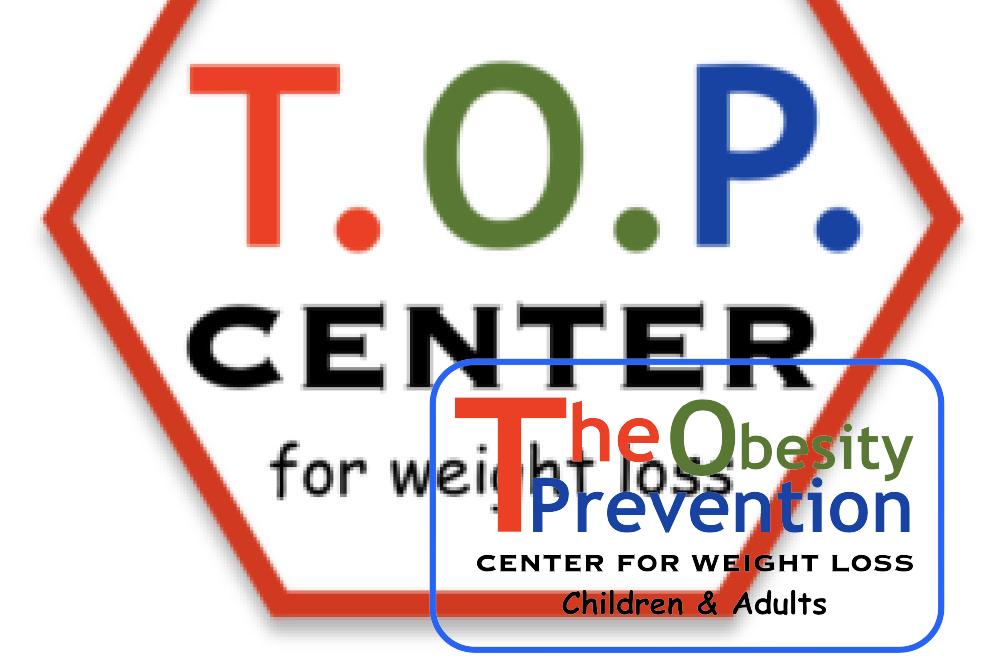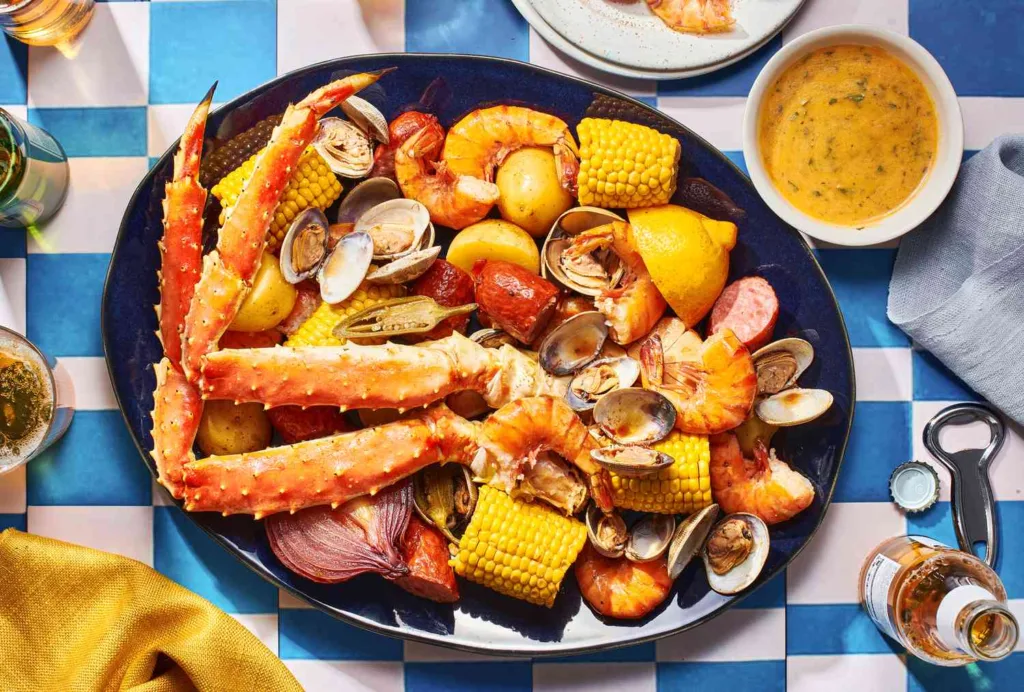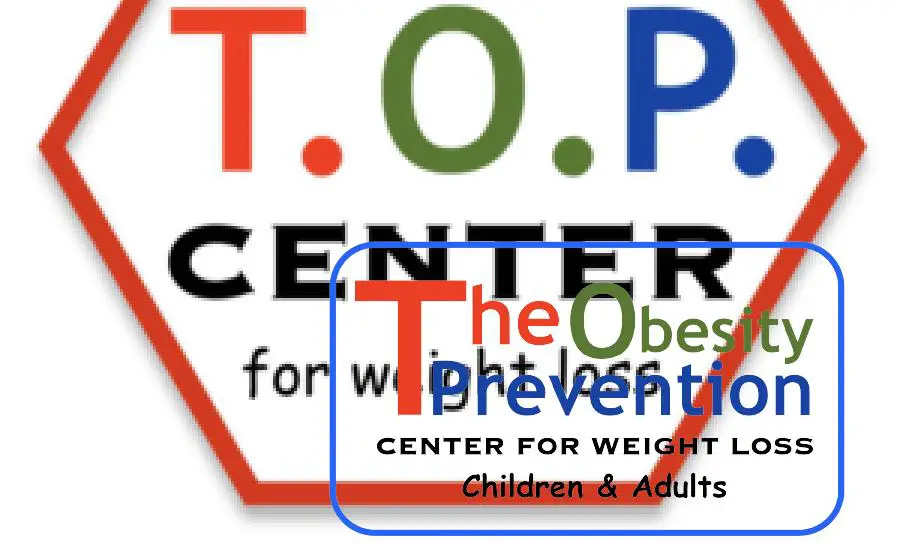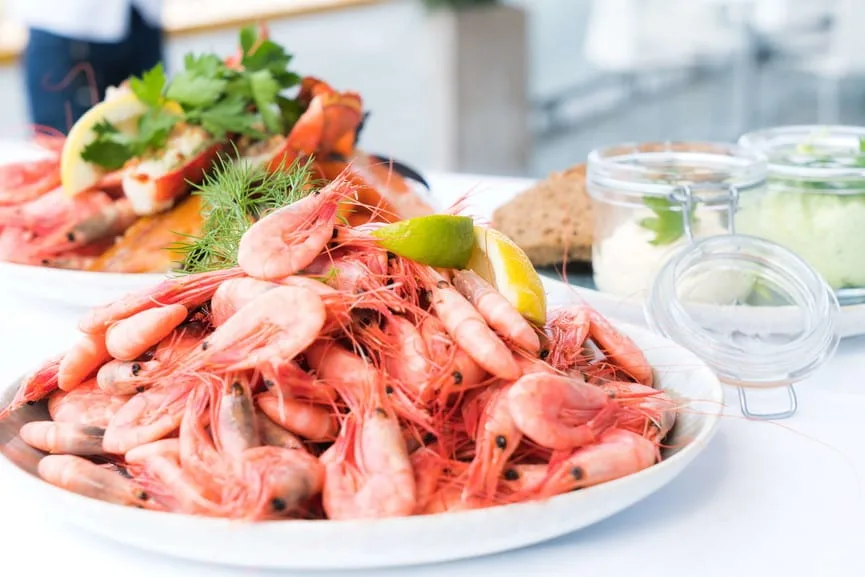Losing weight and living a healthier lifestyle is one of the top goals for many people today. With obesity rates continuing to climb, more and more individuals are searching for effective and sustainable ways to shed pounds and improve their overall wellbeing. One eating pattern that is gaining popularity for weight management is increasing seafood intake.
Seafood offers some compelling benefits when it comes to losing weight and supporting better health. From being naturally low in calories to providing key nutrients, there are plenty of excellent reasons to eat more fish and shellfish as part of a balanced diet.
In this detailed post, we will uncover the evidence-backed secrets of how seafood can assist with weight loss. We’ll explore the nutritional benefits, delve into the different types of seafood, provide tips for selection and preparation, and even share some mouthwatering recipe ideas. Read on to learn why seafood should have a starring role in any healthy eating plan aimed at managing weight.

Why Choose Seafood for Weight Loss?
Obesity experts agree that when it comes to managing your weight, calories are still king. To lose pounds, you need to create a calorie deficit by reducing your intake, increasing your output through exercise, or both. As a high-quality source of lean protein, most types of seafood can help support weight loss by being naturally low in calories.
For example, a standard 3 ounce serving of cod contains about 90 calories. Compare that to around 150 calories in the same amount of chicken breast. And both cod and chicken contain about 17 grams of protein per 3 ounce cooked serving. This means that choosing seafood like cod over meat or poultry allows you to cut calories without sacrificing satisfying protein that helps fuel your body.
Beyond being lower in calories, studies also show that boosting protein intake from high-quality food sources like seafood has other helpful impacts for weight loss. Research has found that higher protein diets promote increased satiety after meals, helping people feel fuller longer between eating occasions. Protein requires more energy to digest compared to fats and carbs as well. The result is greater diet satisfaction, less hunger cravings, and easier calorie control throughout the day.
In addition to high-quality complete proteins, seafood offers other nutritional components beneficial for weight loss. The healthy omega-3 fats found in fatty fish species play important roles in fighting inflammation and regulating metabolism. The omega-3s may help reduce fat storage, particularly dangerous visceral belly fat. They also appear to enhance fat burning during exercise.
Some research indicates that omega-3s improve levels of the appetite regulating hormones leptin and adiponectin. Leptin sends signals of fullness to the brain while adiponectin helps influence metabolism. Maintaining healthy levels of these hormones through seafood intake may aid in weight management.
Beyond protein and healthy fats, seafood delivers key micronutrients that support metabolism and overall health. These include iodine to regulate thyroid function, vitamin D for immunity and strong bones, selenium and zinc for antioxidant protection, and B vitamins for energy production. The nutritional virtues of seafood offer health benefits far beyond just weight control.
With all of these science-backed advantages, it’s easy to understand why nutrition experts tout seafood intake as one of the most effective dietary strategies for losing weight and keeping it off long-term.

The Seafood Variety Chest
One of the great aspects of seafood is the immense variety available from freshwater and ocean alike. There are many sustainable fish and shellfish options to discover and enjoy. Trying new sustainable seafood is a fun way to add diversity to your diet while reaping wellness benefits.
Popular and widely available types like salmon, tuna, shrimp, tilapia and cod get a lot of attention. However, expanding your horizons can introduce you to delicious, nutritious seafood you may have never considered.
Fish like mackerel, sardines and trout offer the heart-healthy omega-3s found in salmon. Their oilier flesh also delivers vitamin D and vitamin B12. More exotic sounding fish like barramundi and branzino provide mild, flaky white fillets similar to tilapia or cod.
Shellfish like mussels, oysters and clams are packed with nutrients like zinc, iron, selenium and vitamin B12. They also typically have fewer calories than shrimp or lobster. Try cooked clams in pastas or oysters roasted on the grill. Steamed mussels with Tomato sauce is a quick, easy meal.
Even canned options like anchovies, sardines and salmon provide healthy benefits in a convenient form. They make good pantry staples for quick additions to salads, pizzas, pastas and snacks. Just look for brands packed in olive oil rather than heavy sauces or dairy.
The variety of seafood flavors and textures means you can surely find choices that appeal to your taste buds, from mild and sweet to briny and bold. Don’t be afraid to experiment with new sustainable types to spice up your diet and fitness regimen.
Choosing Wisely for Maximum Benefits
To reap the full weight loss and nutritional rewards that seafood offers, it helps to be a thoughtful, selective shopper. Not all fish and shellfish available at the seafood counter provide the same benefits. Here are some tips for picking the best options for health and weight control:
- Focus on wild caught when possible – Wild caught seafood tends to be lower in contaminants and higher in beneficial omega-3s than farmed alternatives. Look for sustainably harvested wild fish and shellfish.
- Know your mercury levels – Larger, long-lived fish accumulate more mercury. Avoid high mercury choices like tuna steaks, shark, swordfish, tilefish and king mackerel. Opt for lower mercury seafood like salmon, tilapia, shrimp, pollock, catfish and canned light tuna.
- Buy American – The U.S. has stricter seafood regulations than other parts of the world. Buying American seafood reduces your risk of exposure to contamination.
- Go for fresh or frozen – Choose fresh fish that smells ocean-clean, not fishy. Frozen seafood works well too and often costs less. Avoid pre-breaded or sauced seafood with excess calories.
- Seek out sustainably farmed options – Well-managed aquaculture seafood like mussels, Arctic char and bay scallops can be environmentally friendly choices.
- Support local – Buying from local sellers and fishermen supports small businesses while providing peak freshness. Chat them up for cooking tips too!
Putting these criterions into practice helps ensure your seafood choices align with your weight loss goals. It also promotes sustainability so we can continue reaping nature’s ocean bounty.

Get Cooking with Tasty, Nourishing Recipes
Preparing nutritious home cooked meals is a cornerstone of any healthy eating plan. The good news is that seafood cooks up fast and easy for some extremely flavorful dishes perfect for weight management.
You don’t have to settle for boring “diet food” like plain grilled fish and steamed veggies either. With a little creativity, seafood can be transformed into satisfying meals that offer true gourmet appeal.
Try these mouthwatering recipe ideas that provide a protein punch to support your fitness regimen:
Sheet Pan Hawaiian Poke Bowls – Bake fresh chunks of ahi tuna, pineapple, peppers, onion and zucchini on a sheet pan. Serve over cauliflower rice and top with avocado and green onion. Fast, fuss-free and delicious.
Citrus Baked Salmon with Roasted Asparagus – Wake up your taste buds with zesty salmon fillets paired with tangy lemon asparagus. A perfect light springtime dish.
Cajun Shrimp and Sausage Skillet – Sauté shrimp, chicken sausage and veggies in Cajun seasoning for a quick weeknight one-pan meal. Serve over brown rice or quinoa.
Asian Steamed Mussels – Plump mussels steamed open in a ginger, lemongrass and coconut milk broth make an elegant appetizer or entree. Serve with soba noodles or roasted bok choy.
Shrimp Fajita Stuffed Peppers – Fill bell peppers with sautéed shrimp, zucchini, black beans and corn. Top with shredded cheese and avocado and bake until tender.
Tuna Niçoise Salad – This classic French composed salad has it all: seared rare tuna, boiled eggs, olives, green beans, tomato and potato. Toss in a light vinaigrette.
Baked Cod with Herb Breadcrumb Topping – Coat cod fillets with lemon, herbs and breadcrumbs then bake until flaky. Serve with quinoa pilaf and roasted Brussels sprouts.
The possibilities are endless for crafting nourishing meals around sustainable seafood. Let your imagination run wild in the kitchen to keep yourself and your family eating smart.
Eating Safe Seafood
When eaten regularly, the unique nutritional benefits of seafood make it a boon for health and fitness. However, balancing the risks is important too. Here’s what you need to know about choosing and handling seafood safely:
Mercury content – Larger predatory fish accumulate the most mercury as it bioaccumulates up the food chain. Children and pregnant women are most vulnerable to effects of mercury exposure. Avoid high mercury fish like swordfish, shark, king mackerel, tilefish, ahi tuna and marlin. Opt for lower mercury choices more often.
Farmed vs. wild – Contaminants like PCBs congregate in fatty tissues and are therefore found more often in farmed fish. However, well-managed aquaculture operations are addressing this issue through improved health controls and use of plant-based feeds. Look for trusted eco-certifications on farmed seafood.
Food handling – Proper storage and preparation is key to reducing risk of illness. Keep raw and cooked seafood separate. Store fish on ice at the market and in the fridge. Cook thoroughly to recommended internal temperatures. Discard anything that smells unpleasant.
Following basic food safety guidelines allows you to gain nutrition without nasty downsides. Be sure to consult the FDA and other reputable sources for the most up to date recommendations.

Make Seafood a Habit for Wellness
Incorporating more high-quality sustainable seafood into your regular diet is a smart strategy with proven benefits for losing weight and supporting overall wellness. The unique nutritional profile of fish and shellfish packs a big punch of protein, healthy fats, vitamins, minerals and antioxidants.
Seafood’s versatility also makes it easy to enjoy as part of delicious home cooked meals that align with your health goals. Experiment with new sustainable types and cooking methods to keep your diet tasty and nutritious. Follow basic food safety precautions to minimize any risks.
Commit to making seafood a more frequent habit and you’ll be well on your way to a healthier, happier you. Your taste buds and your waistline with both thank you!
For more tips and recipes on eating for weight loss and fitness, be sure to sign up for our free health and wellness newsletter!
Thank you for reading this post, don't forget to subscribe to our free newsletter
!
